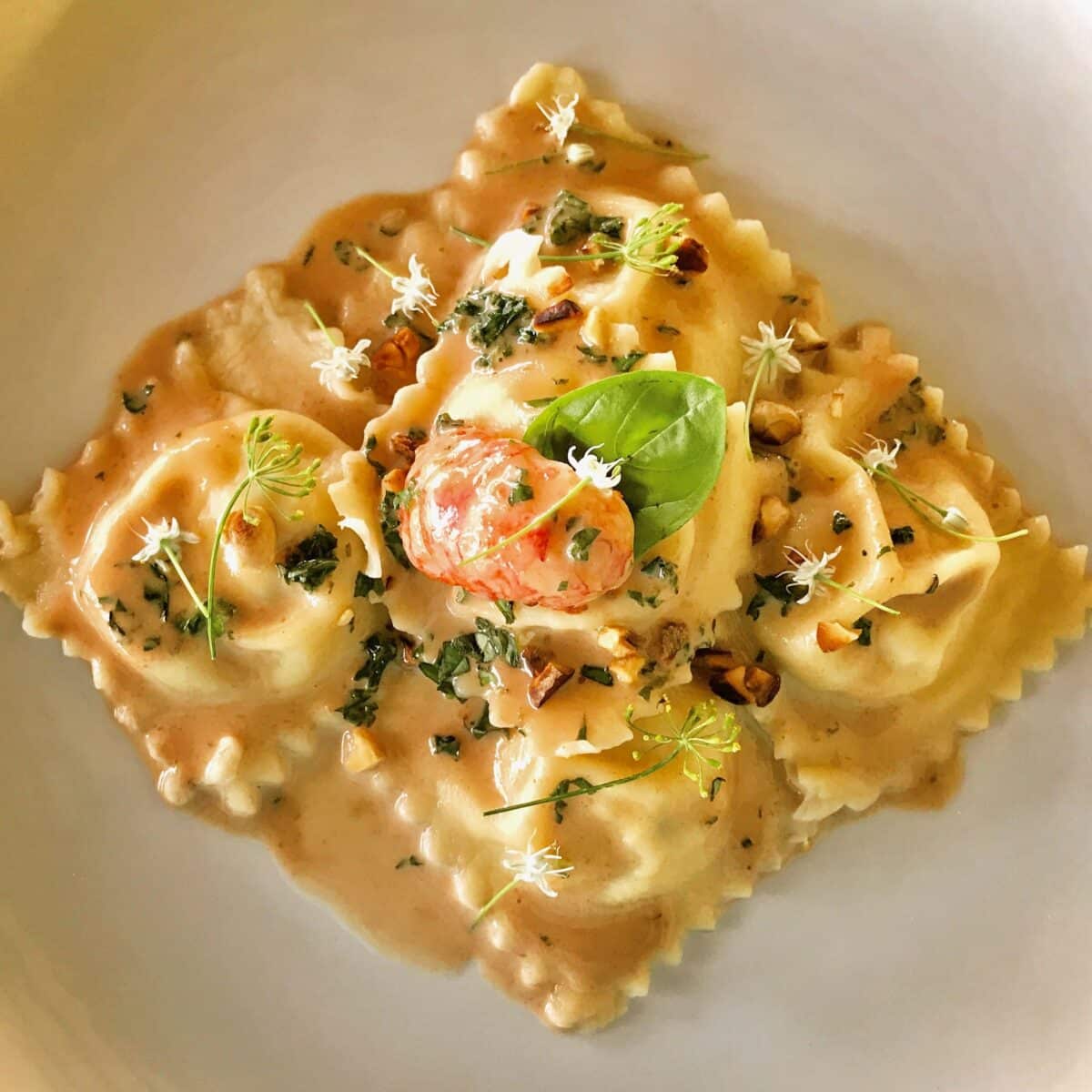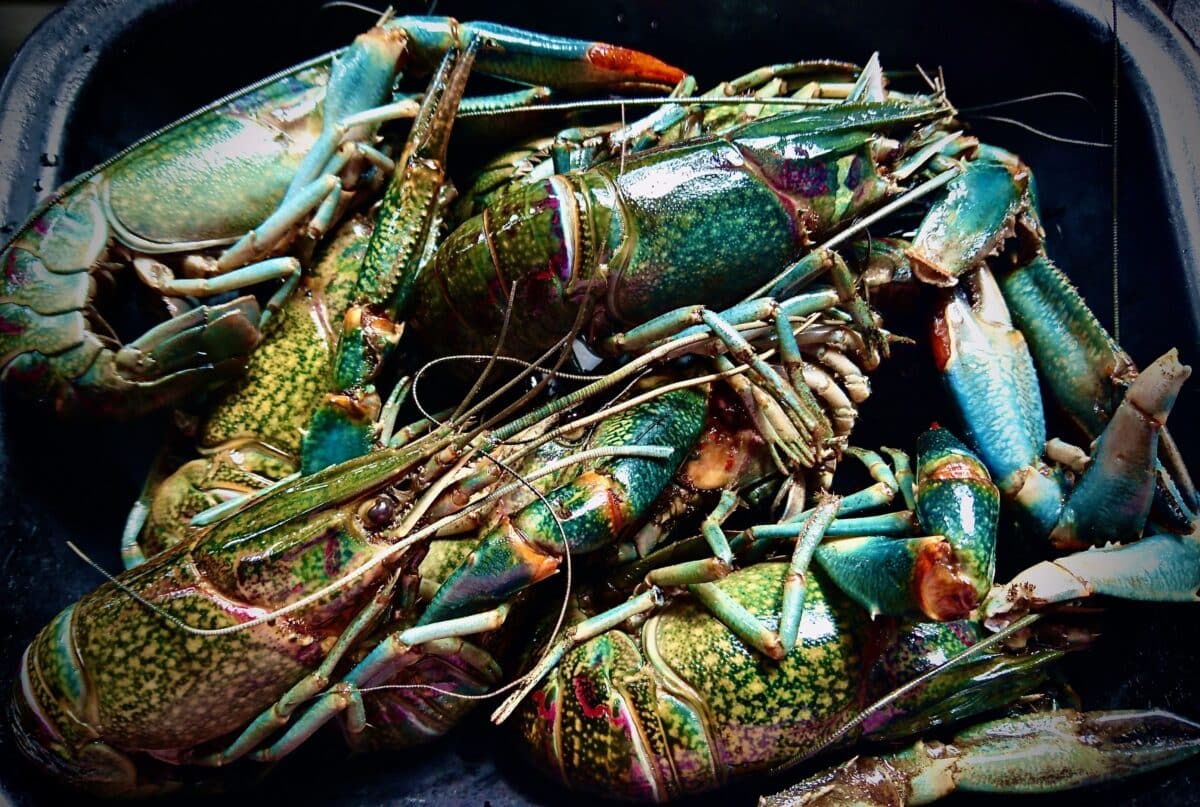A swaggy from Toon-bloody-gabby
Was savaged to death by a yabby
So unique was his fate
That his sorrowing mate
Had him buried in Westminster Abbey
Here was the winning entry in a 1979 Australasian Post limerick contest, and it has a suggestion of veracity about it here in Zambia. Yabbies, or freshwater crayfish are “savaging to death” a great deal around them, as it turns out. They are omnivorous scavengers, with a wide range of dietary capabilities, and in invasive situations, they become significant ecosystem engineers that are able to alter the structure and functioning of alien waterways.
Zambia’s rivers are in serious peril because of the introduction of the Australian red-claw crayfish by a fish farm in 1992. According to the Kafue River Trust, a nonprofit organisation monitoring the ecosystems in the Kafue river basin, the spread of the Australian red-claw crayfish, Cherax quadricarinatus, within the Kafue and Zambezi systems “threatens the ecological integrity of eleven wetlands of international importance in six countries, including the World Heritage Sites of Lake Malawi and the Okavango Delta …”
Yabbies have spread widely throughout Zambia and are currently present in waterways in southern, central, northern, north-western and western parts of the country. Increasing numbers are being sold to urban and rural consumers, although traditionally, crustaceans were not consumed in this country. Traditional fishermen have started trapping and selling yabbies using weaved funnel traps: a long cylinder made of reeds or grass, with an inward-facing funnel at one end and a hinged lid on the other, that you open to remove the crayfish. As a foodie with a hyper-local focus, I feel I have a responsibility to purchase and use these yabbies that have invaded Zambia’s waterways, and are now threatening its ecosystems. An added bonus, of course, is that I can now serve shellfish at my bush gourmet table when I live 1,500 kilometres from the sea.
In my experience the flavour of the yabbies is not overarching—I augment the crayfish meat with fresh lime juice and fish sauce—but the colour and texture are such that they do elevate a dish. I have developed recipes using the crayfish in risotto, salads, and pasta dishes. Yabbies pair well with creamy sauces, butter, garlic, lemon and lime, and any sort of sweet and sour sauce.
September is a special time of year in my organic garden, with the heat ramping up after our short winter, and as well, it is wild masawa season. We have two masawa trees laden with fruit in our garden, which over the winter ripen from a sour-ish lime green to a sweet-ish bright orange. When cooked down into a purée, masawa fruit offers up a pucker apricot-like flavour. Channelling Gordon Ramsey and a recipe he created using lobster, I developed my Crayfish Ravioli with Masawa, Lime Basil & Dill Velouté. I selected fresh lime basil leaves and dill to add depth to the flavour, while masawa turned out to be perfect for adding a hint of sweet and sour in the velouté. I finish the dish with dry-roasted mongongo nuts, a wild tree that grows all about the Kalahari woodland in which I live, adding a textural crunch to the ravioli. ![]()

https://www.thecookscook.com/recipes/crayfish-ravioli-with-masawa-lime-basil-dill-veloute
